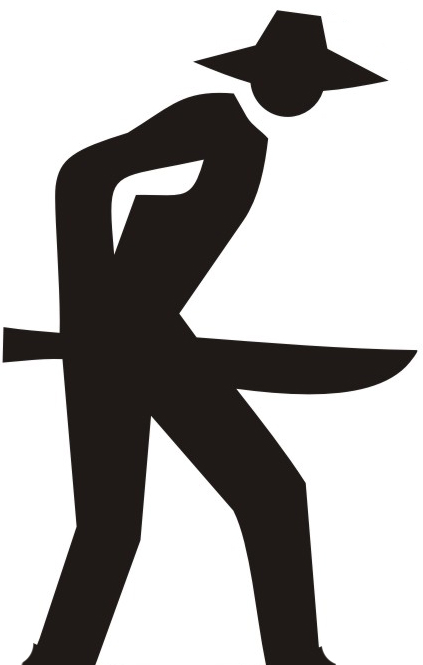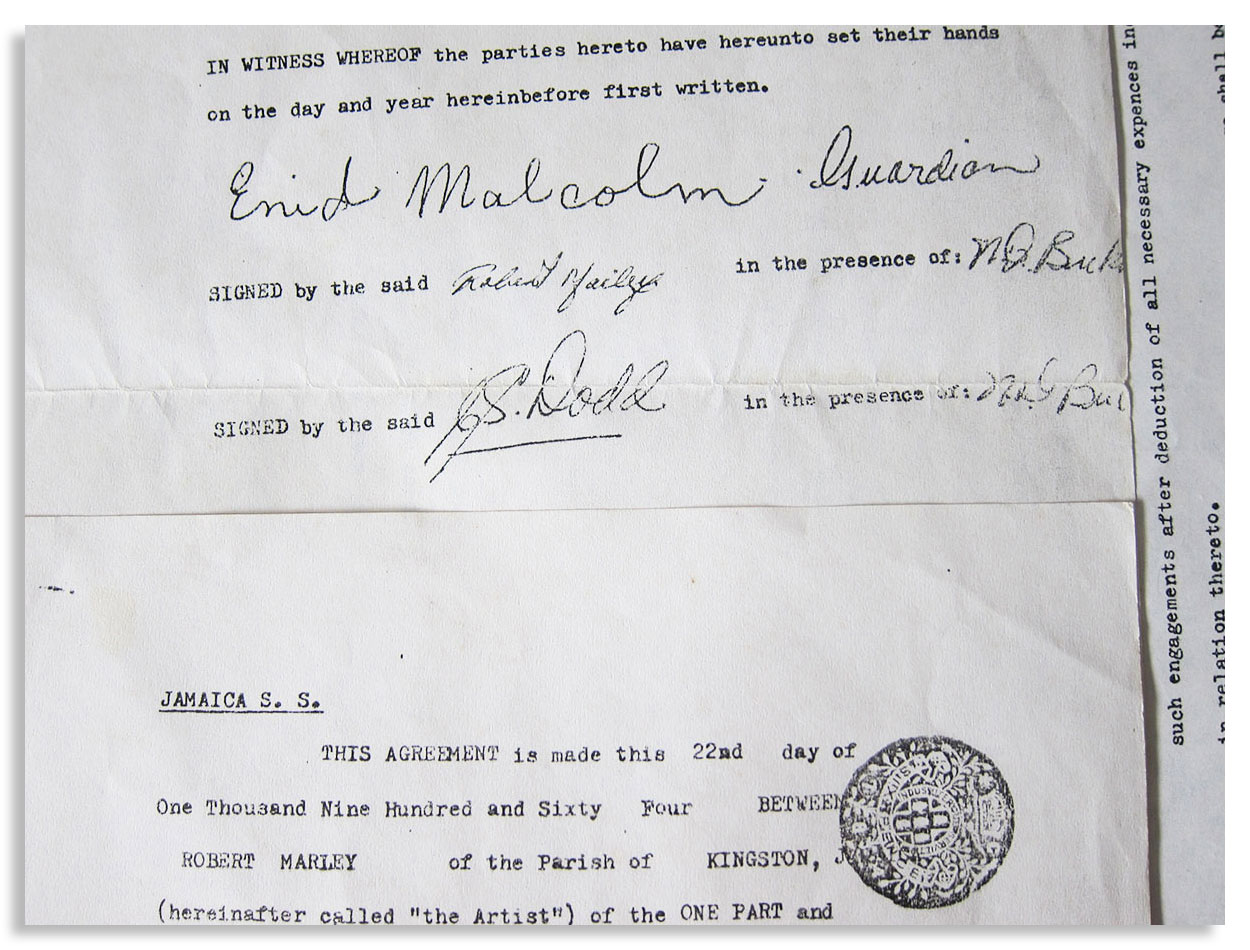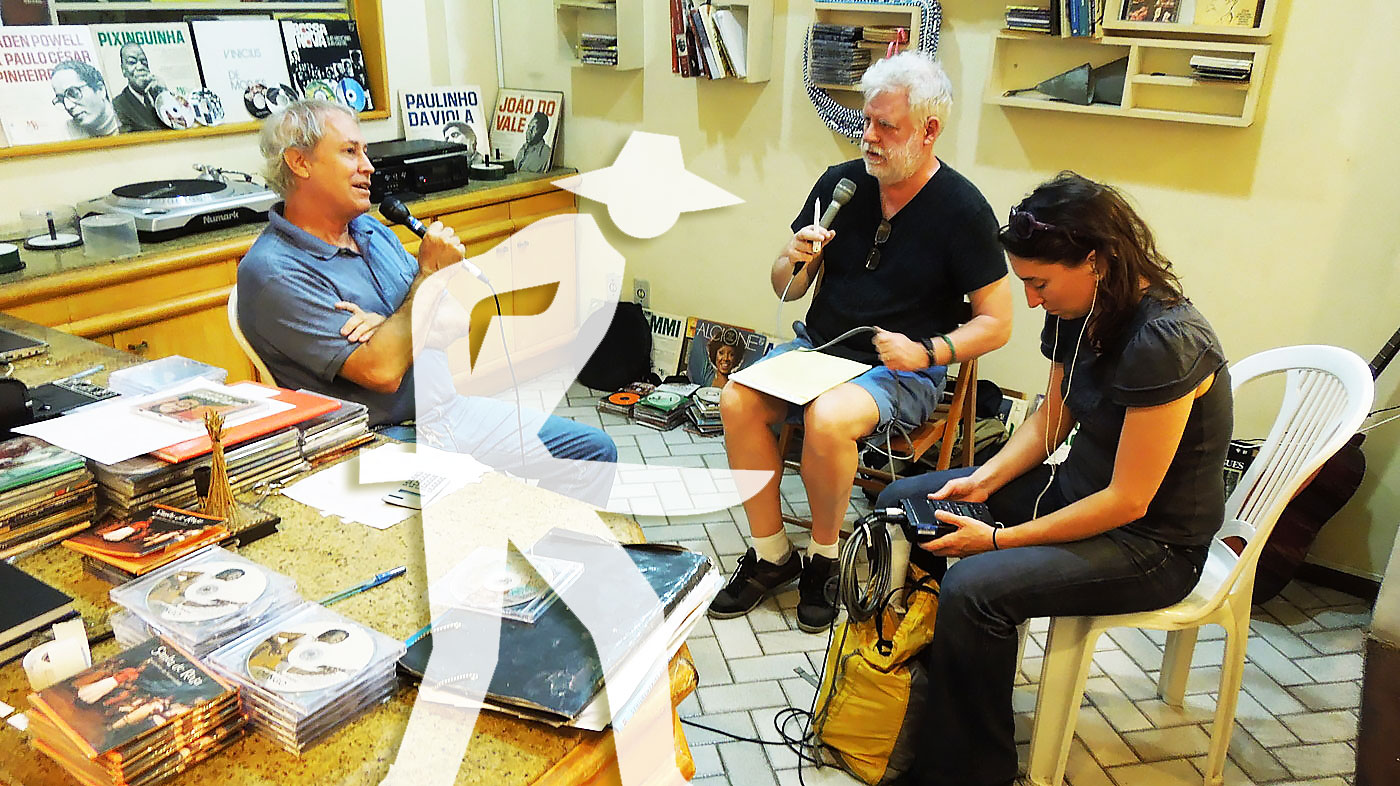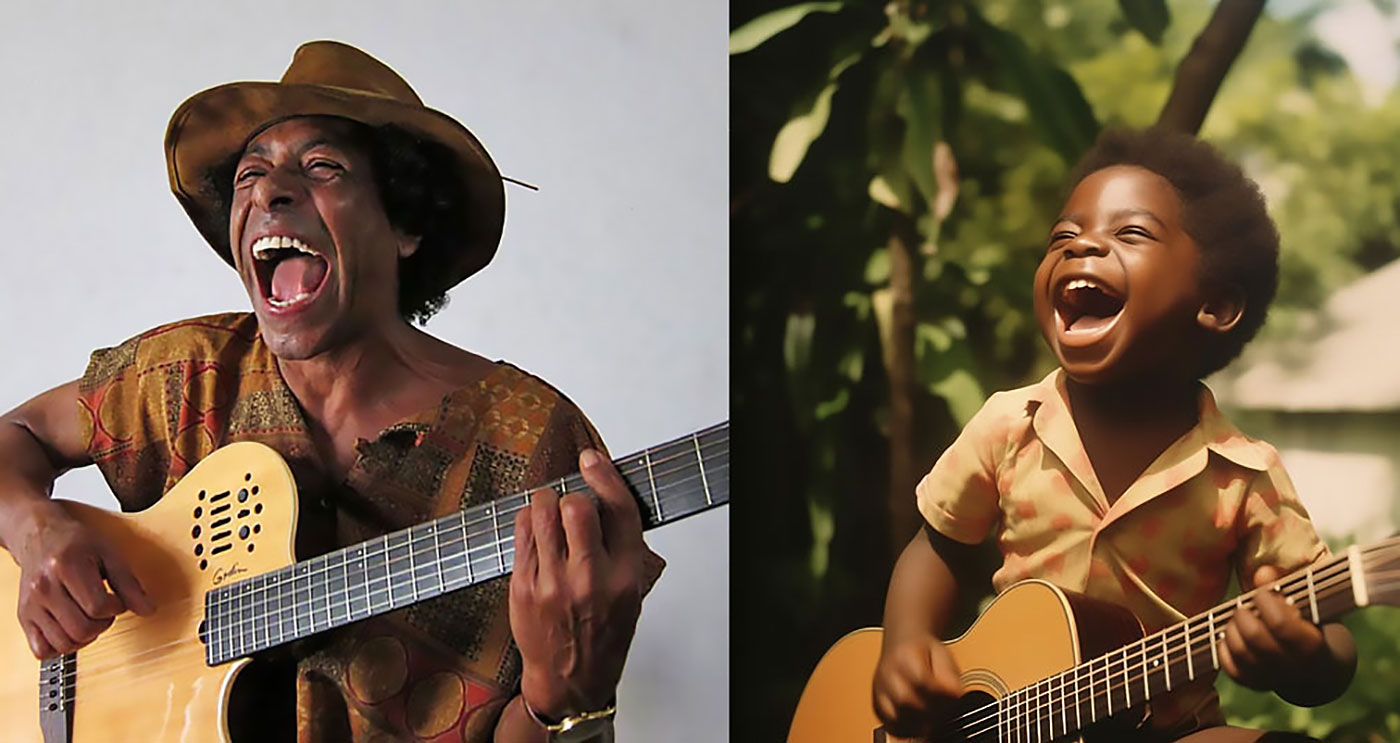CURATION
- from this page: by Matrix
Network Node
- Name: Aaron Diehl
- City/Place: New York City
- Country: United States
- Hometown: Columbus, Ohio
Life & Work
-
Bio:
Since his debut release on Mack Avenue Records in 2013, pianist-composer Aaron Diehl has mystified listeners with his layered artistry. He reaches into expansion. At once temporal and ethereal — deliberate in touch and texture — his expression transforms the piano into an orchestral vessel in the spirit of beloved predecessors Ahmad Jamal, Erroll Garner, Art Tatum and Jelly Roll Morton. Moment to moment, he considers what instrument he’s moved to evoke. “This is a singular voice here, but maybe this section is a saxophone soli, or this piece here are high winds or low brass in the bass,” says the Steinway artist, describing his concept on the bandstand.
Following three critically-acclaimed leader albums, the American Pianist Association’s 2011 Cole Porter fellow now focuses his attention on what it means to be authentic, to be present within himself. His most recent release on Mack Avenue, The Vagabond, reveals his breadth as who The New York Times calls “a composer worth watching.” Across nine original tracks and works by Philip Glass and Sergei Prokofiev, Aaron leans into imagination and exploration. His forthcoming solo record, poised for release in spring 2021, promises an expansion of that search in a setting at once unbound and intimate.
In his sound, Aaron finds evolving meaning in the briefest phrases. He conjures three-dimensional expansion of melody, counterpoint and movement through time. Rather than choose one sound or another, one genre or another — one identity or another — Aaron invites listeners into the chambered whole of his artistry. His approach reflects varied ancestral lineages and cultural expressions. And he remains committed to independence and self-discovery.
Born in Columbus, Ohio, a young Aaron flourished among family members supportive of his artistic inclinations. His grandfather, piano and trombone player Arthur Baskerville, inspired him to pursue music and nurtured his talent. In 2003, Aaron traveled to New York; following his success as a finalist in Jazz at Lincoln Center’s 2002 Essentially Ellington competition and a subsequent European tour with Wynton Marsalis, he began studying under mentors Kenny Barron, Eric Reed and Oxana Yablonskaya, earning his Bachelor of Music in Jazz Studies at the Juilliard School. His love affair with rub and tension prompted a years-long immersion in seemingly disparate sound palettes he found to be similar in depth, resonance and impulse to explore, from Monk and Ravel to Gershwin and William Grant Still. Among other towering figures, Still in particular inspires Aaron’s ongoing curation of Black American composers in his own performance programming, unveiled this past fall at 92nd St. Y. This ongoing project, along with his recent and widely lauded trio interpretations of Glass’ iconic repertoire, has propelled Aaron into the next phase of self-actualizing. He embraces the challenge of drawing on other artists’ visions and expressions, then interpreting those within the framework of his own personal aesthetic.
At age 17, Diehl was a finalist in Jazz at Lincoln Center’s Essentially Ellington competition, where he was noticed by Wynton Marsalis. Soon after, Diehl was invited to tour Europe with the Wynton Marsalis Septet (Marsalis has famously referred to him as “The Real Diehl.”) That Fall he would matriculate to the Juilliard School, studying with jazz pianists Kenny Barron and Eric Reed and classical pianist Oxana Yablonskaya. Diehl came to wider recognition in 2011 as winner of the American Pianists Association’s Cole Porter Fellowship, which included $50,000 in career development and a recording contract with the esteemed Mack Avenue Records.
As thoroughly a collaborator as he is a leader, Aaron has appeared at such celebrated international venues as The Barbican, Ronnie Scott’s, Elbphilharmonie and Philharmonie de Paris, as well as domestic mainstays Jazz at Lincoln Center, The Kennedy Center, The Village Vanguard and Walt Disney Hall. Jazz Festival appearances comprise performances at Detroit, Newport, Atlanta and Monterey, for which he received the 2014 festival commission. Orchestral performances include hits at New York Philharmonic, Boston Symphony Orchestra, Los Angeles Philharmonic and the Philadelphia Orchestra.
Aaron’s appetite for expansion has afforded him passing and extended associations with some of the music’s most fascinating and enduring figures including Wynton Marsalis, Benny Golson, Jimmy Heath, Buster Williams, Branford Marsalis, Wycliffe Gordon and Philip Glass. His formative association with multi-GRAMMY award-winning artist Cecile McLorin Salvant only enhanced his study and deeply personal delivery of the American Songbook. Recent highlights have included appearing at the New York premiere of Philip Glass’ complete Etudes at the Brooklyn Academy of Music, collaborating with flamenco guitarist Dani De Morón in Flamenco Meets Jazz (produced by Savannah Music Festival and Flamenco Festival) and performing with the New York Philharmonic and the Cleveland Orchestra as featured soloist on George Gershwin’s Piano Concerto in F. The New York Times lauded the “brilliance” of his performance: “The roomy freedom of [his] playing in bluesy episodes was especially affecting. He folded short improvised sections into the score, and it’s hard to imagine that Gershwin would not have been impressed.”
When he’s not at the studio or on the road, he’s likely in the air. A licensed pilot, Aaron holds commercial single- and multi-engine certificates.
Contact Information
- Contact by Webpage: http://www.aarondiehl.com/contact
-
Management/Booking:
NORTH AND SOUTH AMERICA BOOKINGS
Sarah Gordon
Opus 3 Artists
470 Park Avenue, 9th Floor
New York, NY 10016
212-584-7529
[email protected]
opus3artists.com
INTERNATIONAL BOOKINGS
Katherine McVicker
Music Works International
708 Pearl Street
Reading, MA 01867
781-300-7580
[email protected]
musicworksinternational.com
PUBLICITY
Maureen McFadden
DL Media, Inc.
1235 Hunt Club Lane
Media, PA 19063
610-667-0501 ext. 100
[email protected]
dlmediamusic.com
RECORD LABEL
Mack Avenue Records, Inc.
4585 Sherman Oaks Avenue
Sherman Oaks, CA 91403
mackavenue.com
Media | Markets
- ▶ Twitter: aarondiehl
- ▶ Instagram: aaronjdiehl
- ▶ Website: http://www.aarondiehl.com
- ▶ YouTube Channel: http://www.youtube.com/@ADSwing85
- ▶ YouTube Music: http://music.youtube.com/channel/UC_R1P0JftSj9cgSYFYf_Rhg
- ▶ Spotify: http://open.spotify.com/album/2yeXOGHdLYgyazlRHFzTTM
- ▶ Spotify 2: http://open.spotify.com/album/2GvPNXBzfevF5tfuHj4tQl
- ▶ Spotify 3: http://open.spotify.com/album/1odp4Qjm77tTezDLzfZZtZ
- ▶ Spotify 4: http://open.spotify.com/album/0yXR8Iec97PZdYoBt0BIu4
- ▶ Spotify 5: http://open.spotify.com/album/0QBabbhu5sjWi0ChUmwAgz
Clips (more may be added)
The Matrix is a small world network. Like stars coalescing into a galaxy, creators in the Matrix mathematically gravitate to proximity to all other creators in the Matrix, no matter how far apart in location, fame or society. This gravity is called "the small world phenomenon". Human society is a small world network, wherein over 8 billion human beings average 6 or fewer steps apart. Our brains contain small world networks...
![]() Wolfram MathWorld on the Small World Phenomenon
Wolfram MathWorld on the Small World Phenomenon
![]() Matemática Wolfram sobre o Fenômeno Mundo Pequeno
Matemática Wolfram sobre o Fenômeno Mundo Pequeno
"In a small world, great things are possible."

It's not which pill you take, it's which pathways you take. Pathways originating in the sprawling cultural matrix of Brazil: Indigenous, African, Sephardic and then Ashkenazic, European, Asian... Matrix Ground Zero is the Recôncavo, contouring the Bay of All Saints, earthly center of gravity for the disembarkation of enslaved human beings — and the sublimity they created — presided over by the ineffable Black Rome of Brazil: Salvador da Bahia.
("Black Rome" is an appellation per Caetano Veloso, son of the Recôncavo, via Mãe Aninha of Ilê Axé Opô Afonjá.)
"Dear Sparrow: I am thrilled to receive your email! Thank you for including me in this wonderful matrix."
—Susan Rogers: Personal recording engineer for Prince, inc. "Purple Rain", "Sign o' the Times", "Around the World in a Day"... Director of the Berklee Music Perception and Cognition Laboratory
"Thanks! It looks great!....I didn't write 'Cantaloupe Island' though...Herbie Hancock did! Great Page though, well done! best, Randy"
"We appreciate you including Kamasi in the matrix, Sparrow."
—Banch Abegaze: manager, Kamasi Washington
"This is super impressive work ! Congratulations ! Thanks for including me :)))"
—Clarice Assad: Pianist and composer with works performed by Yo Yo Ma and orchestras around the world
"Dear Sparrow, Many thanks for this – I am touched!"
—Julian Lloyd-Webber: UK's premier cellist; brother of Andrew Lloyd Webber (Evita, Jesus Christ Superstar, Cats, Phantom of the Opera...)
"Thanks, this is a brilliant idea!!"
—Alicia Svigals: World's premier klezmer violinist
Developed here in the Historic Center of Salvador da Bahia ↓ .
![]() Bule Bule (Assis Valente)
Bule Bule (Assis Valente)
"♫ The time has come for these bronzed people to show their value..."
Production: Betão Aguiar
MATRIX MODUS OPERANDI
Recommend somebody and you will appear on that person's page. Somebody recommends you and they will appear on your page.
Both pulled by the inexorable mathematical gravity of the small world phenomenon to within range of everybody inside.
And by logical extension, to within range of all humanity outside as well.
MATRIX (PARDAL)
I'm Pardal here in Brazil (that's "Sparrow" in English). The deep roots of this project are in Manhattan, where Allen Klein (managed the Beatles and The Rolling Stones) called me about royalties for the estate of Sam Cooke... where Jerry Ragovoy (co-wrote Time is On My Side, sung by the Stones; Piece of My Heart, Janis Joplin of course; and Pata Pata, sung by the great Miriam Makeba) called me looking for unpaid royalties... where I did contract and licensing for Carlinhos Brown's participation on Bahia Black with Wayne Shorter and Herbie Hancock...
...where I rescued unpaid royalties for Aretha Franklin (from Atlantic Records), Barbra Streisand (from CBS Records), Led Zeppelin, Mongo Santamaria, Gilberto Gil, Astrud Gilberto, Airto Moreira, Jim Hall, Wah Wah Watson (Melvin Ragin), Ray Barretto, Philip Glass, Clement "Sir Coxsone" Dodd for his interest in Bob Marley compositions, Cat Stevens/Yusuf Islam and others...
...where I worked with Earl "Speedo" Carroll of the Cadillacs (who went from doo-wopping as a kid on Harlem streetcorners to top of the charts to working as a janitor at P.S. 87 in Manhattan without ever losing what it was that made him special in the first place), and with Jake and Zeke Carey of The Flamingos (I Only Have Eyes for You)... stuff like that.

Yeah this is Bob's first record contract, made with Clement "Sir Coxsone" Dodd of Studio One and co-signed by his aunt because he was under 21. I took it to Black Rock to argue with CBS' lawyers about the royalties they didn't want to pay (they paid).
MATRIX MUSICAL
I built the Matrix below (I'm below left, with David Dye & Kim Junod for U.S. National Public Radio) among some of the world's most powerfully moving music, some of it made by people barely known beyond village borders. Or in the case of Sodré, his anthem A MASSA — a paean to Brazil's poor ("our pain is the pain of a timid boy, a calf stepped on...") — having blasted from every radio between the Amazon and Brazil's industrial south, before he was silenced. The Matrix started with Sodré, with João do Boi, with Roberto Mendes, with Bule Bule, with Roque Ferreira... music rooted in the sugarcane plantations of Bahia. Hence our logo (a cane cutter).
A Massa (do povo carente) / The Masses (of people in need)

-
Add to my PlaylistA Massa - Raymundo Sodré (7,093 plays)
-
Add to my PlaylistSina de Cantador - Raymundo So... (6,909 plays)
-
Add to my PlaylistMagnetismo - Raymundo Sodré ... (6,353 plays)
-
Add to my PlaylistSacando a Cana - Raymundo Sodr... (5,957 plays)
-
Add to my PlaylistMêrêrê - Raymundo Sodré (5,465 plays)
-
Add to my PlaylistJardim do Amor - Raymundo Sodr... (4,677 plays)
-
Add to my PlaylistDebaixo do Céu - Raymundo Sodr... (4,151 plays)
-
Add to my PlaylistDesejo de Amar - Raymundo Sodr... (3,861 plays)
-
Add to my PlaylistOração pra Yá Oxum - Raymundo ... (3,741 plays)
-
Add to my PlaylistYá África - Raymundo Sodré (3,509 plays)
-
Add to my PlaylistMeu Rio, Cadê o Papel - Raymun... (3,177 plays)
-
Add to my PlaylistCasa de Trois - Raymundo Sodré... (2,896 plays)
-
Add to my PlaylistMulher é Laço que Prende o Coração do Vaqueiro - R... (2,556 plays)





































































































































































































































































































































































































































































